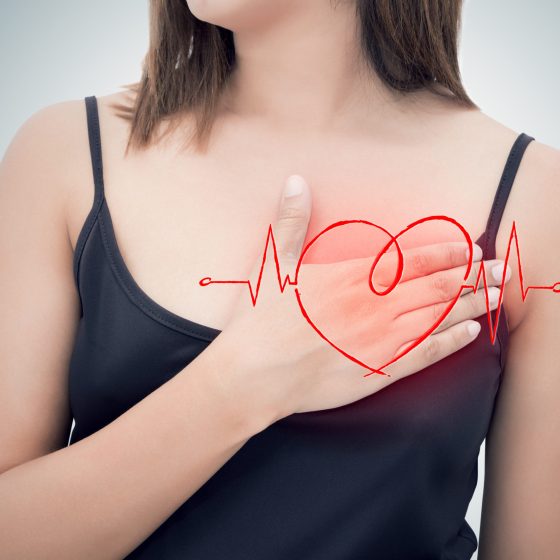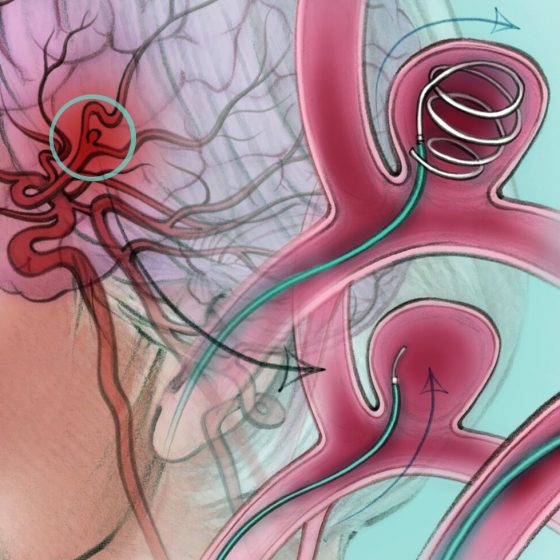Angiotensin converting enzyme (ACE) inhibitors and angiotensin receptor blockers (ARBs)
What are ACE inhibitors and ARBs? Angiotensin converting enzyme (ACE) inhibitors and angiotensin receptor blockers (ARBs) are medicines commonly prescribed for hypertension. These medicines work by relaxing your blood vessels. Your doctor may also prescribe ACE inhibitors or ARBs if you have: heart failure chronic kidney disease diabetes with too much protein in your urine (proteinuria) had a heart attack (myocardial infarction) There are many ACE inhibitors and ARBs available in Australia. The different ACE inhibitors and ARBs have similar effects on your medical condition but have different dosages and potential side effects. The ARB medicines all have names ending in “sartan” so you might








